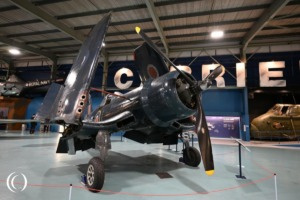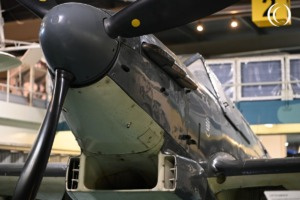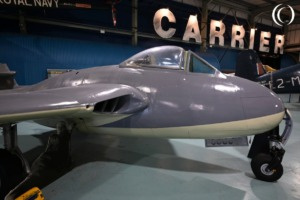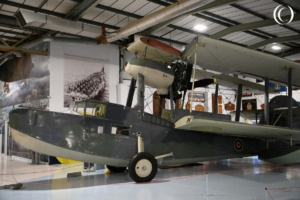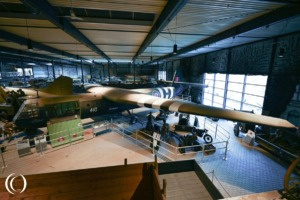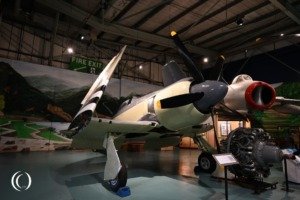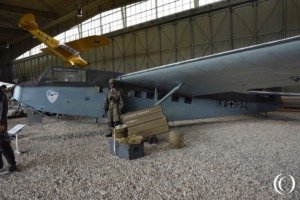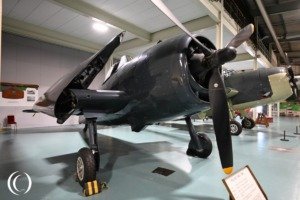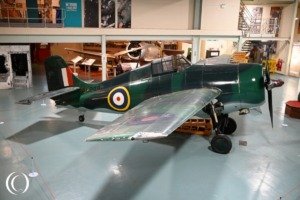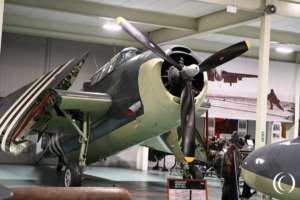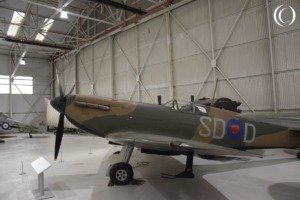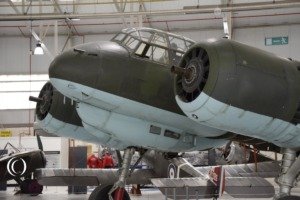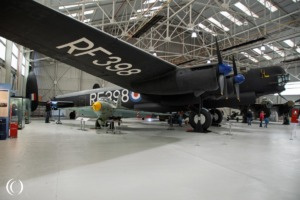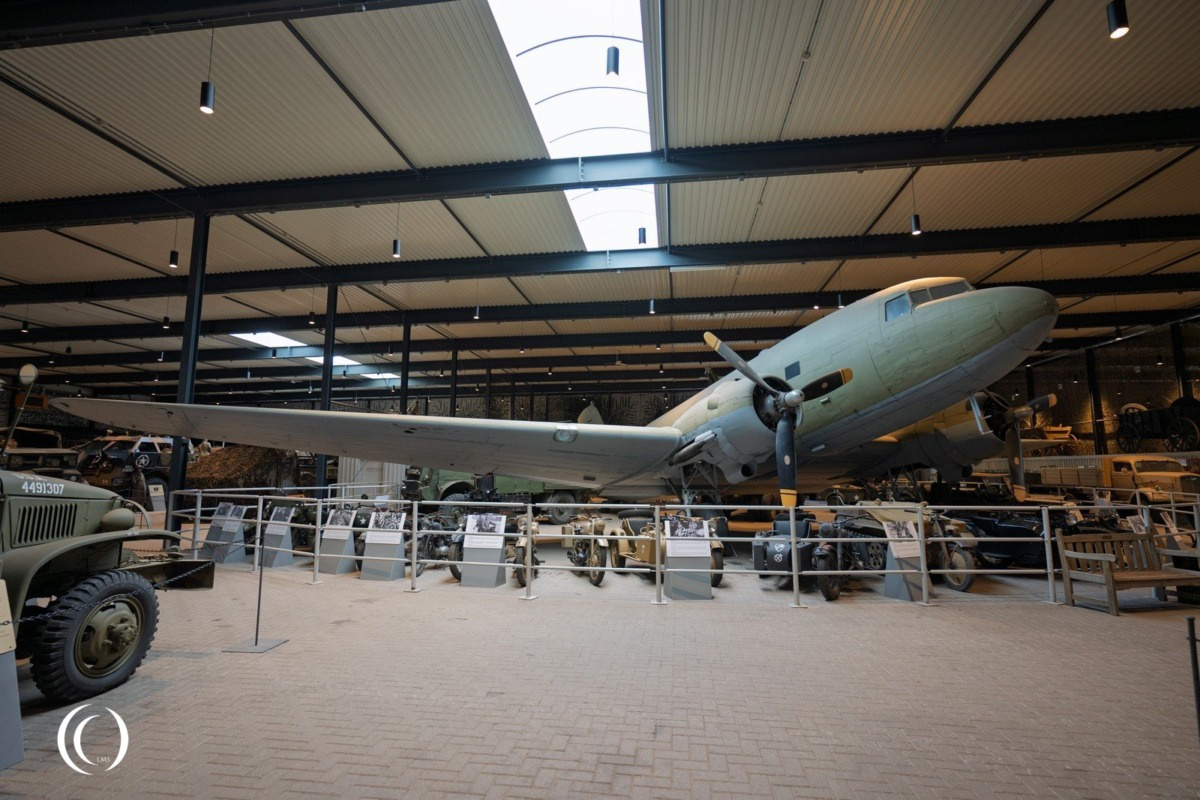
The Douglas C-47 Skytrain was a military transport aircraft developed from the civilian Douglas DC-3 airliner. First introduced in the 1940s, the C-47 became one of the most important and widely used transport aircraft of World War II. It served with the United States Army Air Forces and numerous Allied air forces and continued in service with many countries for decades after the war. Dakota was the name given by the RAF in the United Kingdom.
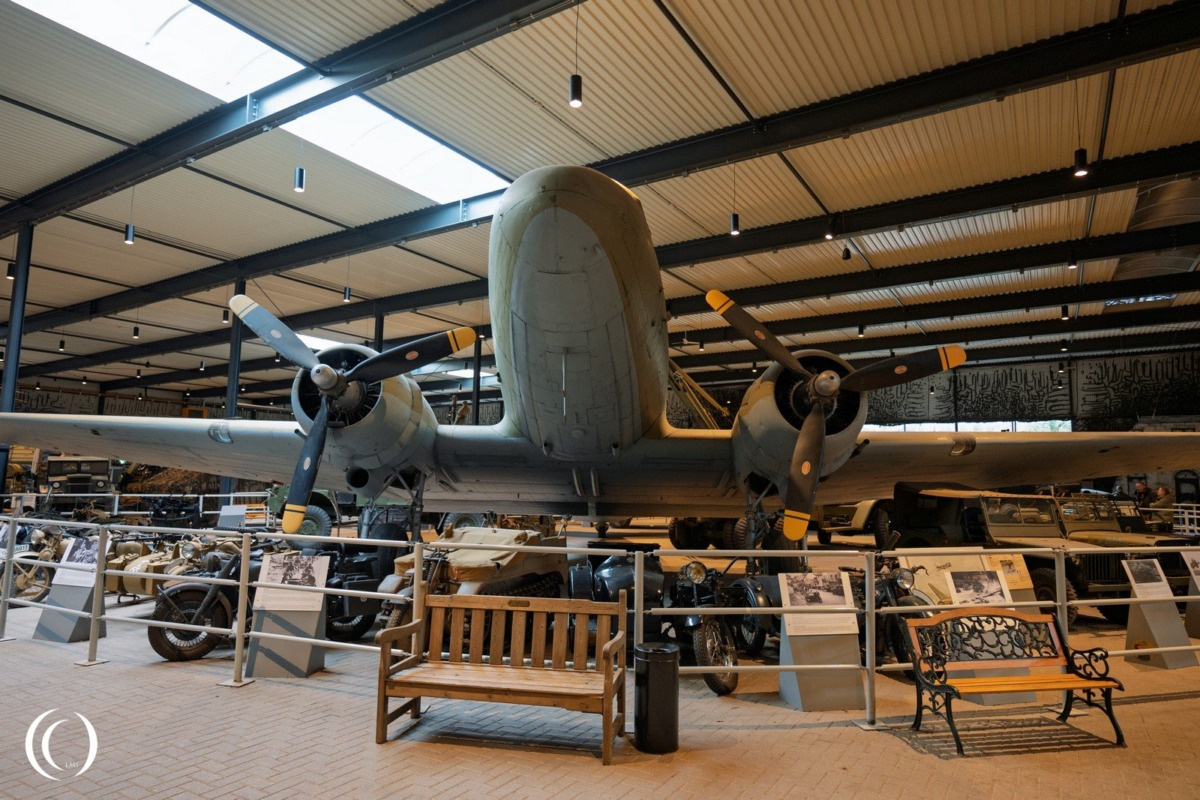
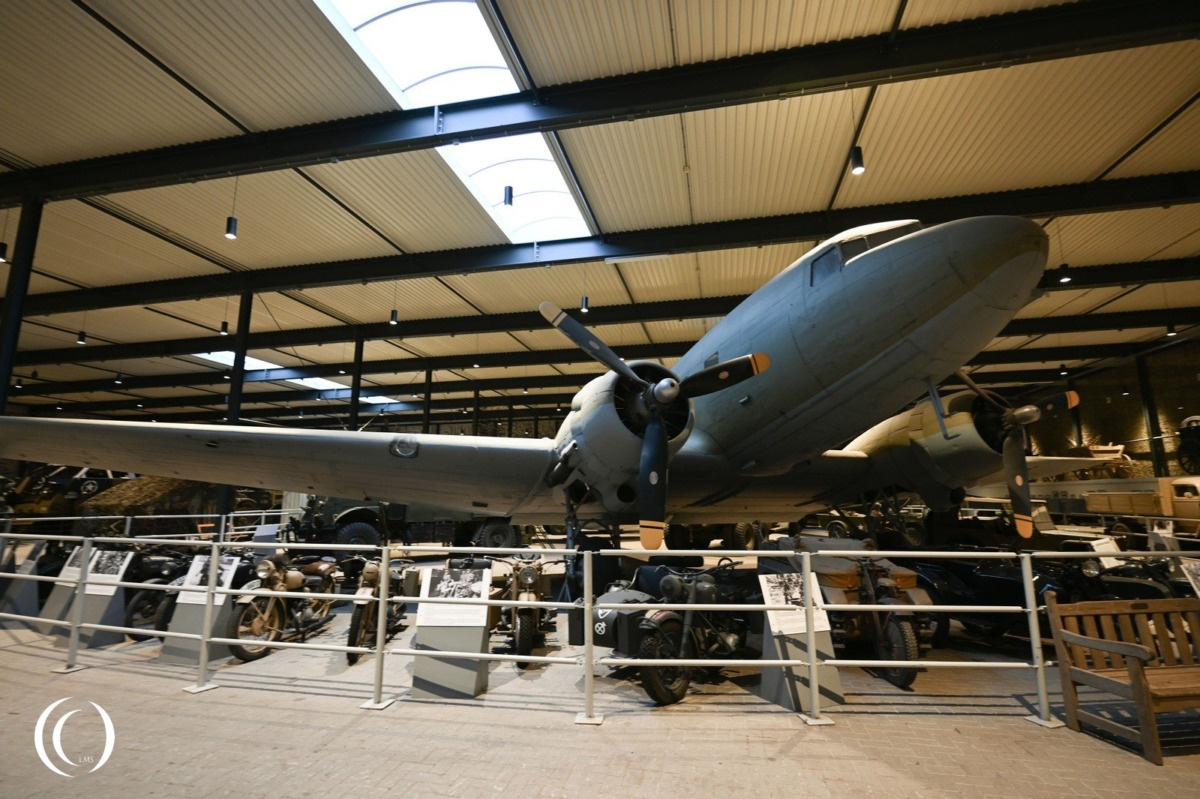
The C-47 retained much of the DC-3’s airframe but included modifications to meet military needs. These changes included a reinforced floor, a large cargo door for loading equipment, provisions for paratrooper seating, and the ability to carry up to 6,000 pounds of cargo or about 28 fully equipped troops. It was powered by two Pratt & Whitney R-1830 Twin Wasp radial engines, offering reliability and a top speed of around 230 mph (370 km/h). The aircraft had a range of approximately 1,600 miles (2,575 km), making it well-suited for medium- to long-range missions.
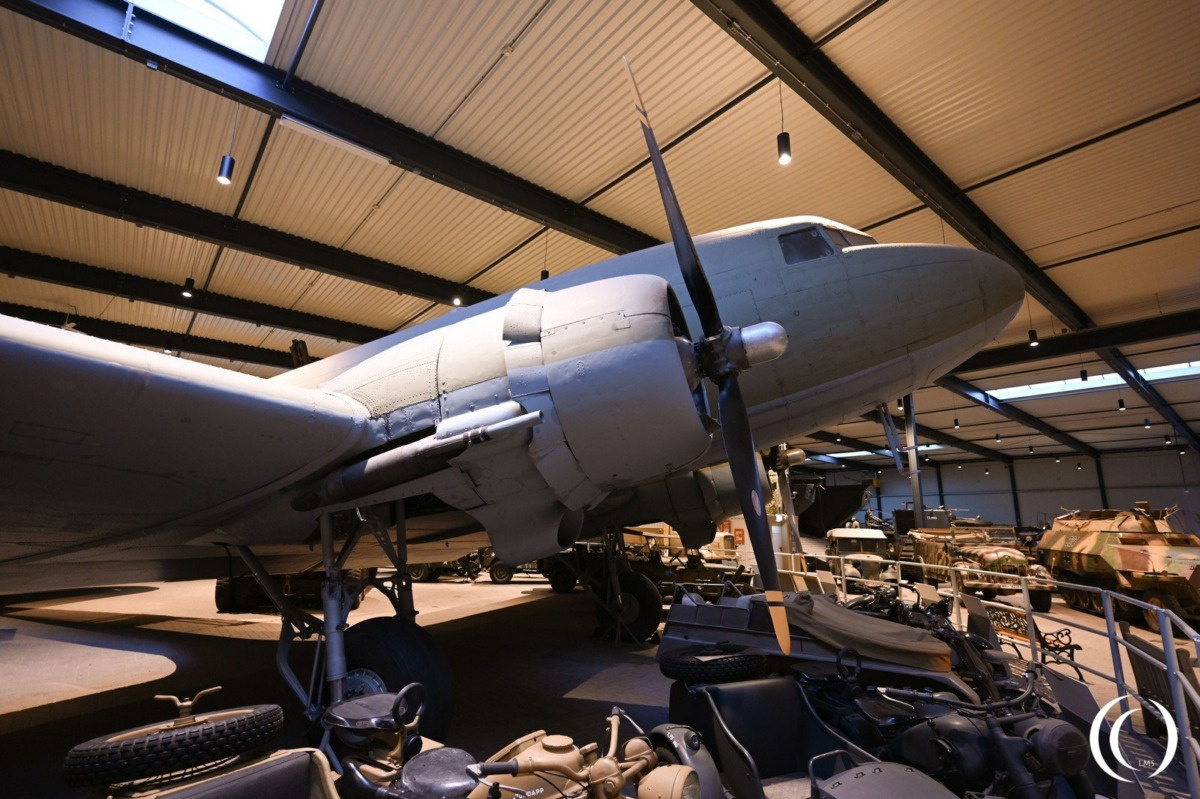

One of the C-47’s most significant contributions came during World War II, where it played a critical role in numerous theaters of operation. It was used for transporting troops, evacuating the wounded, dropping paratroopers behind enemy lines, and towing gliders. During the D-Day invasion of Normandy in June 1944, hundreds of C-47s were used to drop Allied airborne troops and tow gliders into occupied France. The aircraft was also instrumental during the China-Burma-India (CBI) Theater, where it flew missions over the Himalayas—known as “The Hump”—to deliver supplies to Chinese forces.
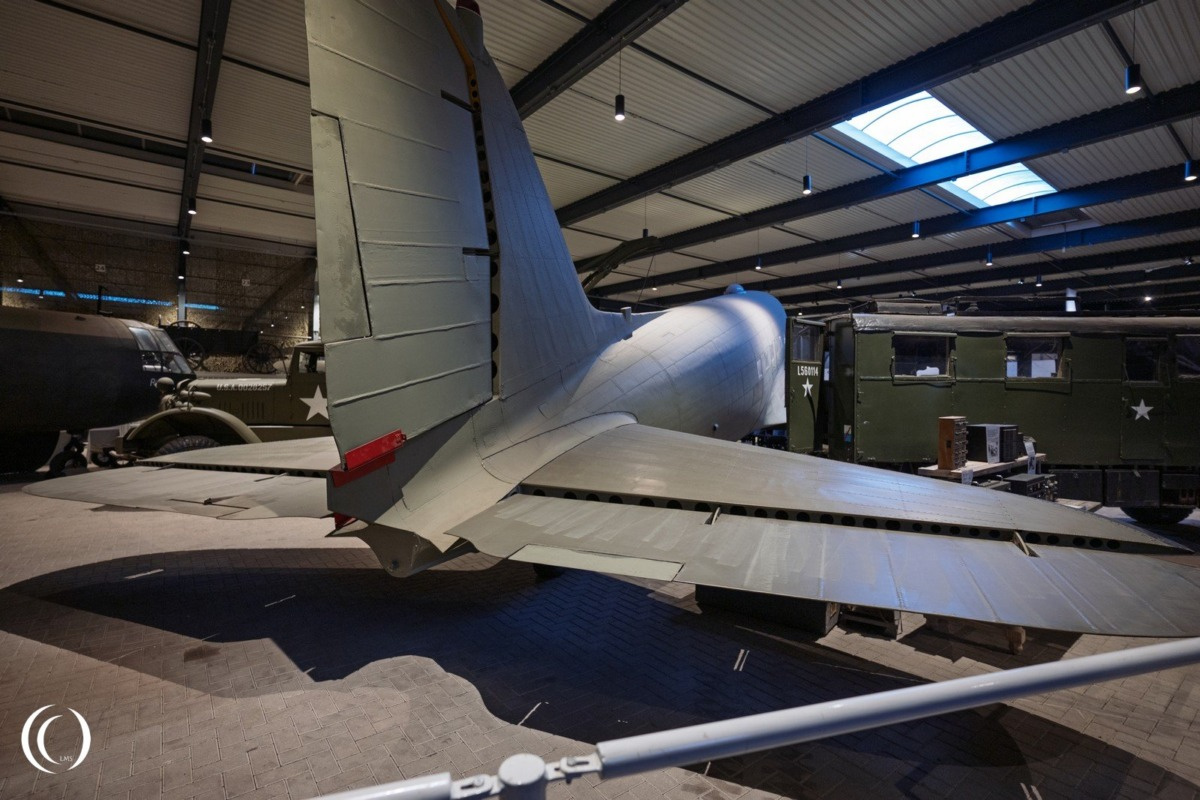
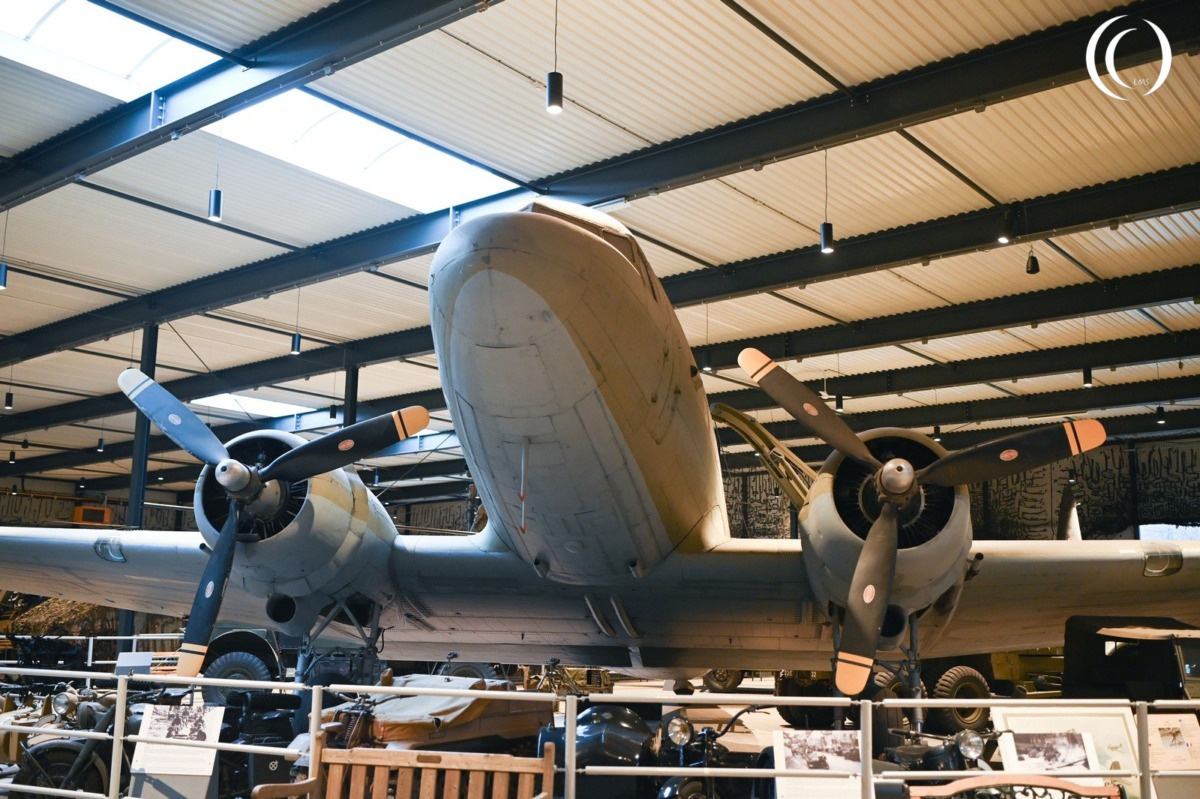
The versatility and ruggedness of the C-47 earned it a reputation as a dependable workhorse. Its relatively simple design made it easy to maintain and repair under difficult conditions. After World War II, many surplus C-47s were transferred to civilian airlines or continued to serve in military roles, including during the Berlin Airlift and the Korean and Vietnam Wars.
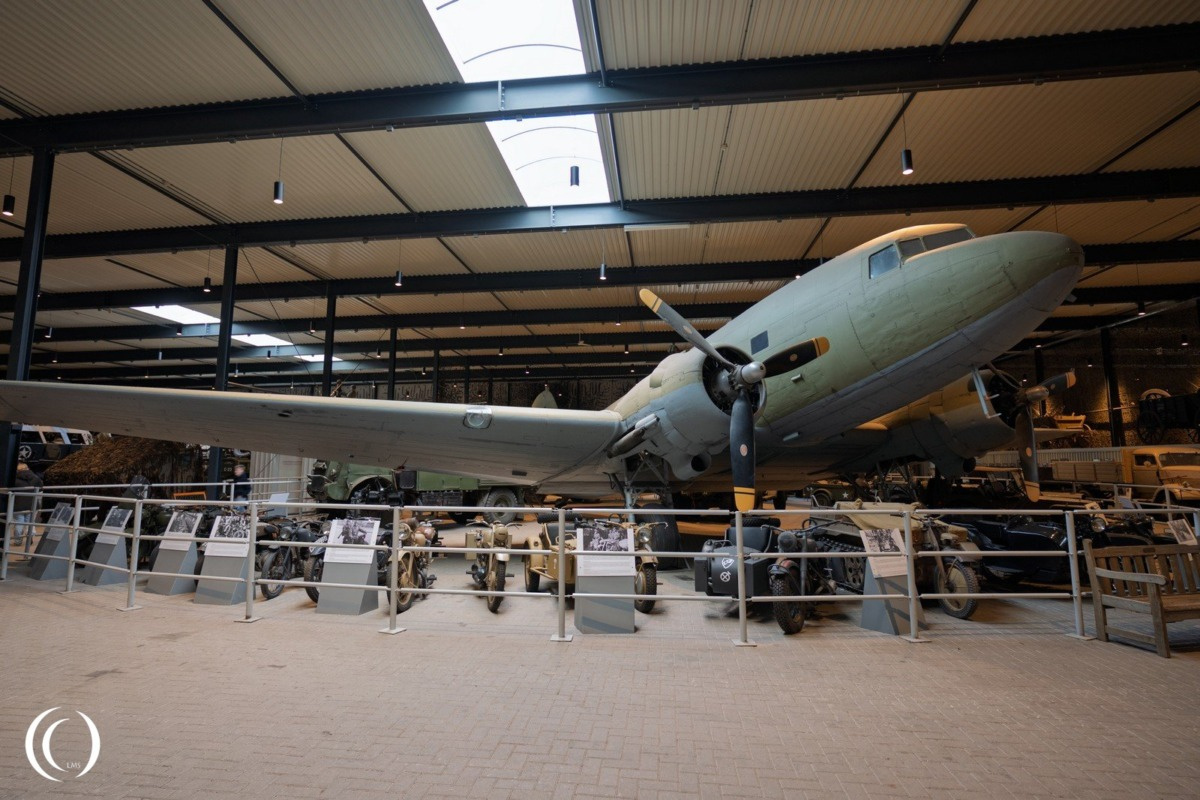
Variants of the C-47 were produced for different missions, and the aircraft was adapted by many nations for roles ranging from cargo transport to electronic warfare. One of these variants was a specialised aircraft for paratrooper transport, the C-53 Skytrooper. Its long service life and global presence are testaments to its durability and utility.
This aircraft in the photos is a C-47D version, delivered to the USAAF in 1943 with serial number 42-23936. The Douglas C-47D was a C-47B with second speed (high blower) of engine supercharger. This 1943 aircraft did service in Oran, North Africa with the 8th Air Force. In 1946 it went to Czechoslovakia and flew with CSA as OK-WDU (1947), from here it was used by the French Aeronavale in 1958 as 23936. Then to F-GEOM with Stellair and later Transvalair in 1983 as a freighter and to the UK in 1994 as G-DAKK with Classic Airways, South Coast Airways and Air Atlantique. In 2006 it was moved to a storage facility at the Aviadrome museum in Lelystad, Netherlands. After restoration it ended up in the Overloon War Museum with its G-DAKK registration.
